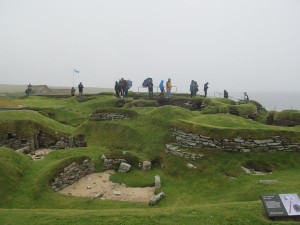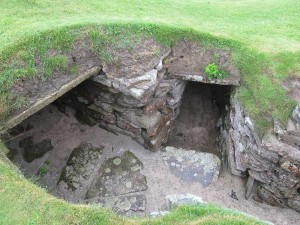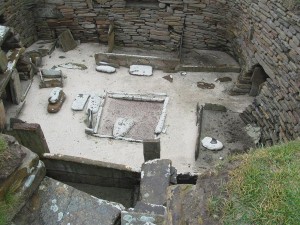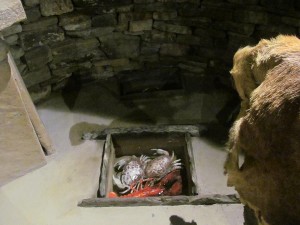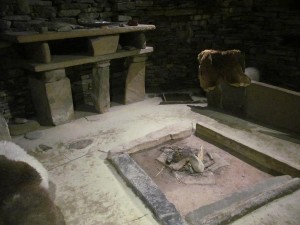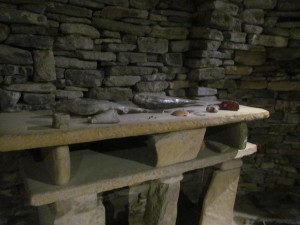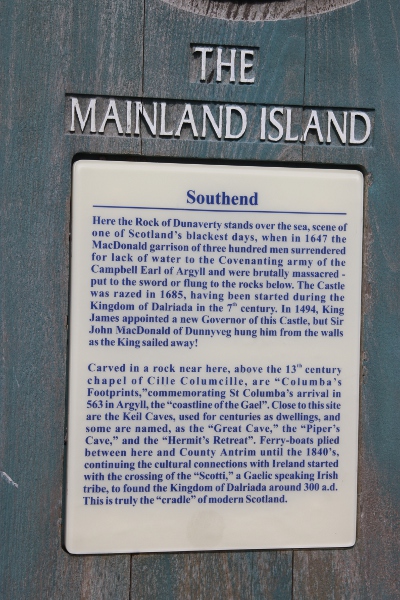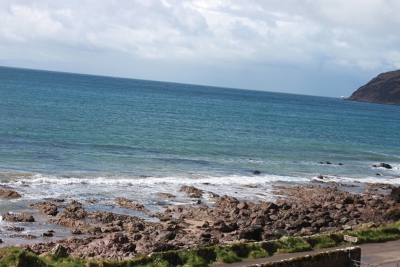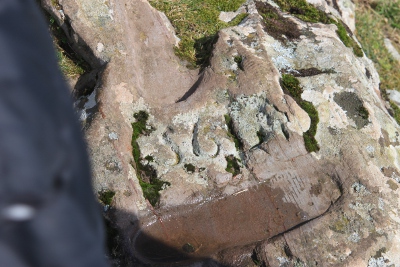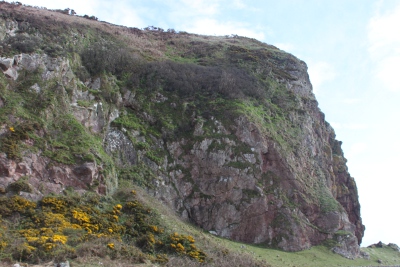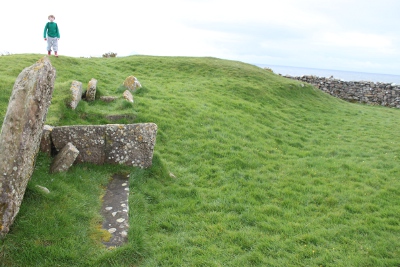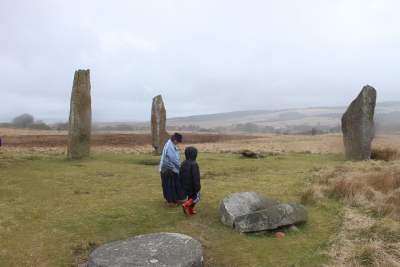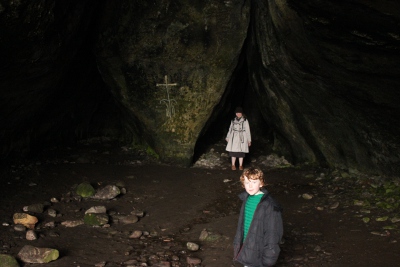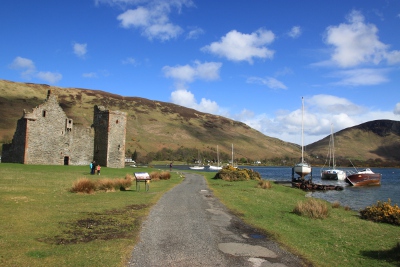In August 2017 I visited Edinburgh and saw that there was an exhibition of the Galloway Hoard in the Museum of Scotland and decided to visit.
The Galloway Hoard is considered to be the richest hoard of unusual and rare Viking objects ever recovered in the British Isles.

In the 10th century an unknown individual buried a treasure trove in what today is Dumfries and Galloway. There it lay for over a thousand years until a party of metal detectorists located it about 3 years ago in 2014 on land that belongs today to the Church of Scotland. The group called in the county archaeologists who started up a dig on the land, which revealed a number of artefacts. One of the early objectives located was a silver christian cross.
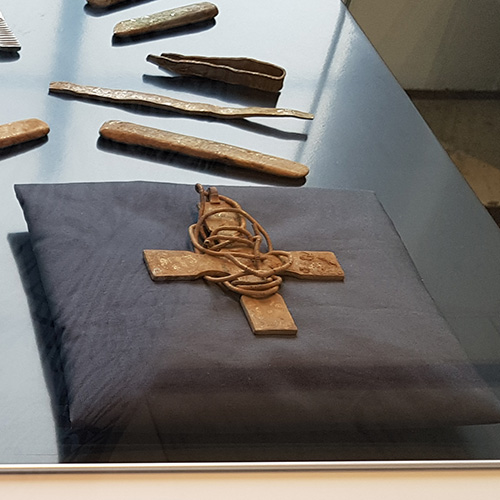
Further investigation was undertaken – including digging a trench. Concern over possible vandalism or theft led to the local farmer stationing a large bull in the field as a body guard at night! The efforts were not in vain as this activity led to the discovery of an even deeper stash of treasure – meaning that the treasure has been buried into two layers or maybe at two different times.
In addition evidence was unveiled about the presence of a building. Perhaps the horde had been buried inside, or near to or under a monastic building.
In the past large finds such as the Staffordshire Hoard have amazed archaeologists and the wider world. The Galloway Hoard has a special significance because many of the objects show connections between peoples right across Europe. In addition normally perishable objectives like leather, wood and textile has survived allowing their study
This discovery comprises more than 100 objects. One of the finest pieces is a unique gold bird-shaped pin.

There are also Anglo-Saxon disc brooches of a kind not found in Scotland before:
The presence of these articles raise questions. Could these represent Viking booty from raids in England or maybe there were gifts or simply traded? We do not know.
Other brooches of interest are two examples of a quatrefoil brooch: an usual design.

Several of the objects have clear signs of Viking runes (the script that the Viking Norse and Danes used..

There are also gold arm rings. Warlords and Vikings of rank rewarded loyalty by handing out precious arm rings to followers.

The exhibit includes a short video and explanatory panels.
There is currently an appeal to raise just under £2 million in order that the horde can be preserved and studied further and its secrets discovered.





